Two breathtaking giant sinkholes in Texas have long been objects of fear and fascination.

Decades of drilling for oil and gas in Winkler County in the West Texas desert, especially during the peak years between 1926 and 1964, have resulted in an extremely unstable local landscape. Since then, freshwater has found its way deep underground, dissolving interbedded salt layers and in turn creating all kinds of issues. Two of them are the infamous Wink Sinks, a pair of massive sinkholes that are actually growing.
Because of their expansion, the two holes have long been a concern for local authorities, who fear that if they eventually converge into one, they could cause a collapse that could be catastrophic.

The sinkholes formed more than twenty years apart, with the first one — Wink Sink 1 — appearing on June 3, 1980, when it measured 360 feet (110 meters) across and 112 feet (35 meters) deep.
Wink Sink 2 formed on May 21, 2002, about a mile south of Wink Sink 1, swallowing a water well, pipelines and surrounding desert. Since then, it has grown from its original surface width of 450 feet (137 meters) to measuring 900 feet (274 meters) across at its widest point.

Research done in the last 10 years — including analysis of radar images taken from a satellite — have made it all too clear that the holes are still growing, and land around them is sinking — likely due to a mix of geology and human intervention.
This means that not only could the two existing sinkholes eventually converge into one, but new holes could also form.

So far, neither of the sinkholes has threatened homes or businesses — apart from some oil and gas equipment and stretches of road running near them. This might be the reason why, at least for now, the residents of the nearby towns of Wink (population 940) and Kermit (population 6,000) seem to be taking the situation rather stoically, showing no great concern for what might be awaiting them.

For even if presently there is no direct threat to the two towns, a collapse could indeed prove catastrophic. Since the area around the holes is heavily populated with oil and gas production equipment and installations, as well as hazardous liquid pipelines, such an event could unleash hell on the surrounding communities.
For this reason, geophysicists continue to closely monitor the situation.

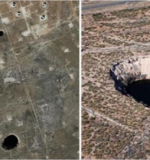
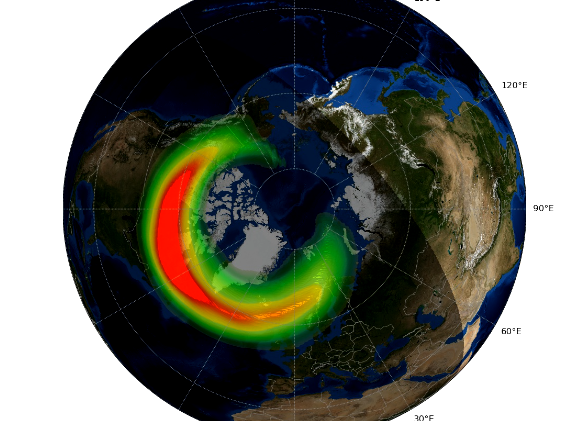
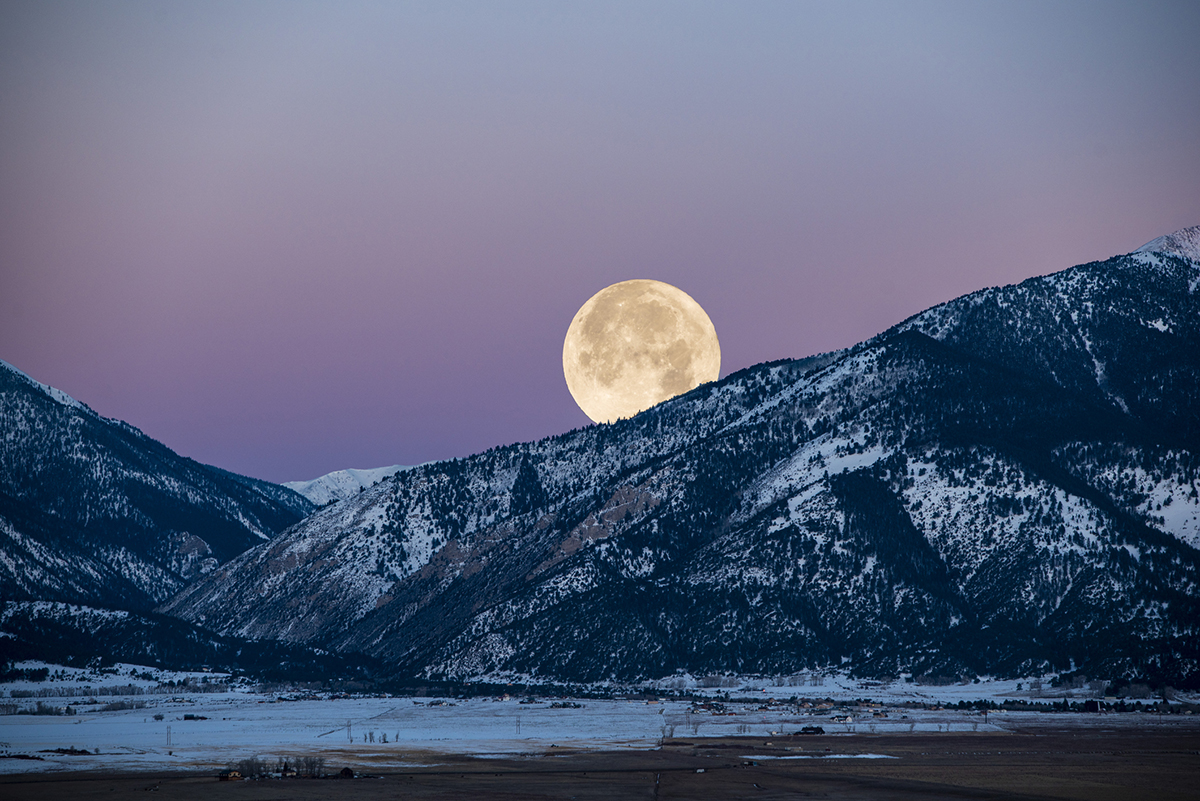
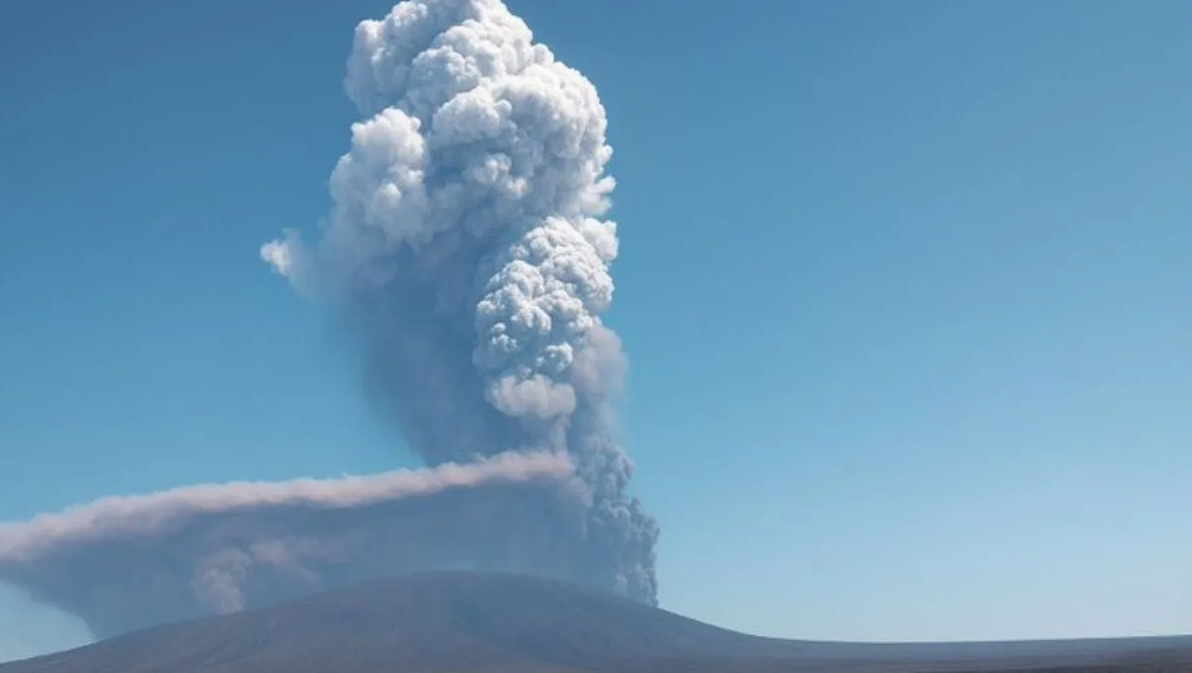
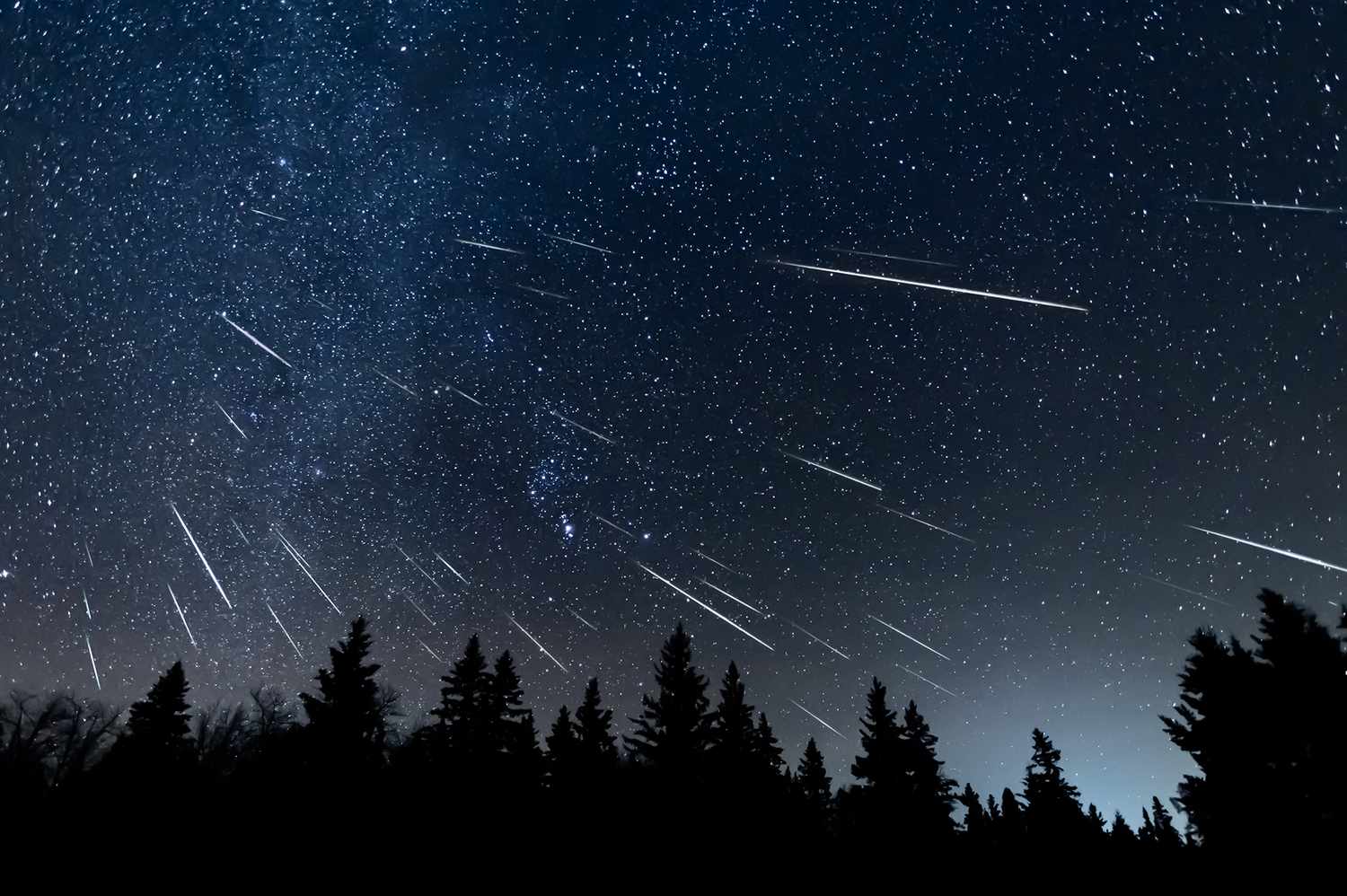
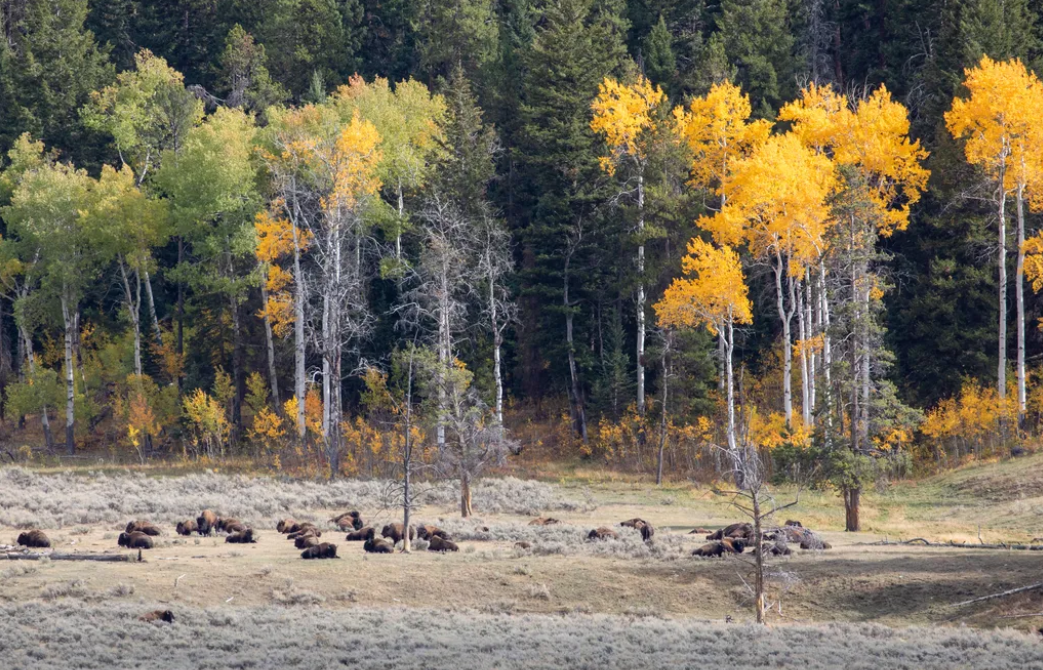

 Photographer Finds Locations Of 1960s Postcards To See How They Look Today, And The Difference Is Unbelievable
Photographer Finds Locations Of 1960s Postcards To See How They Look Today, And The Difference Is Unbelievable  Hij zet 3 IKEA kastjes tegen elkaar aan en maakt dit voor zijn vrouw…Wat een gaaf resultaat!!
Hij zet 3 IKEA kastjes tegen elkaar aan en maakt dit voor zijn vrouw…Wat een gaaf resultaat!!  Scientists Discover 512-Year-Old Shark, Which Would Be The Oldest Living Vertebrate On The Planet
Scientists Discover 512-Year-Old Shark, Which Would Be The Oldest Living Vertebrate On The Planet  Hus til salg er kun 22 kvadratmeter – men vent til du ser det indvendigt
Hus til salg er kun 22 kvadratmeter – men vent til du ser det indvendigt  Superknepet – så blir snuskiga ugnsformen som ny igen!
Superknepet – så blir snuskiga ugnsformen som ny igen!  Meteorite That Recently Fell in Somalia Turns Out to Contain Two Minerals Never Before Seen on Earth
Meteorite That Recently Fell in Somalia Turns Out to Contain Two Minerals Never Before Seen on Earth  Nearly Frozen Waves Captured On Camera By Nantucket Photographer
Nearly Frozen Waves Captured On Camera By Nantucket Photographer  It’s Official: Astronomers Have Discovered another Earth
It’s Official: Astronomers Have Discovered another Earth 